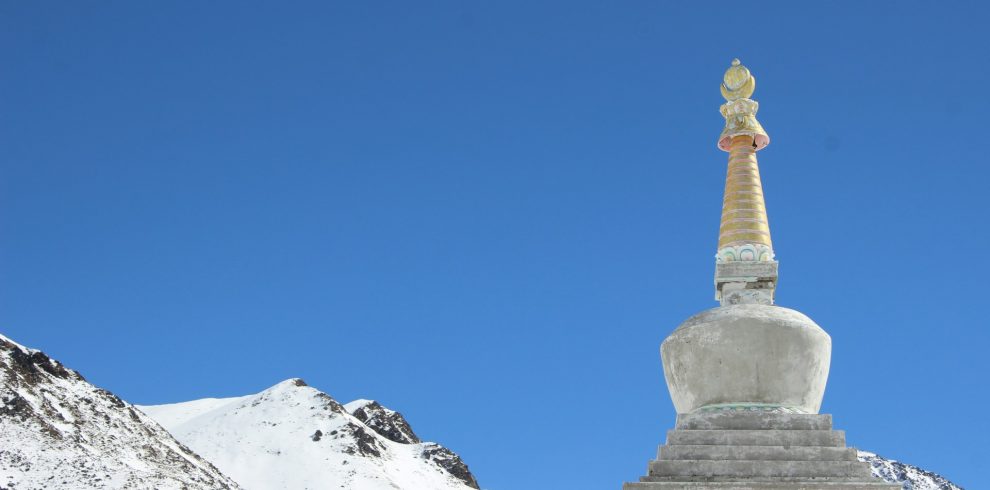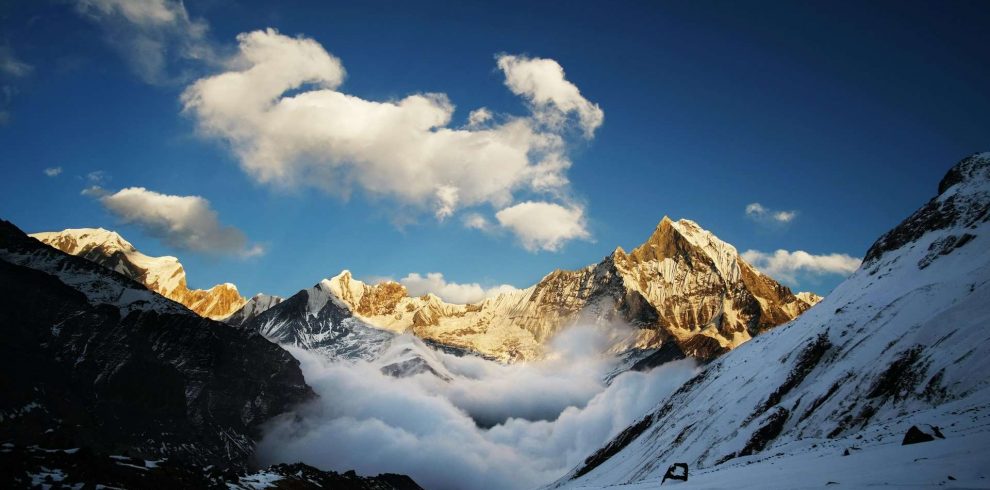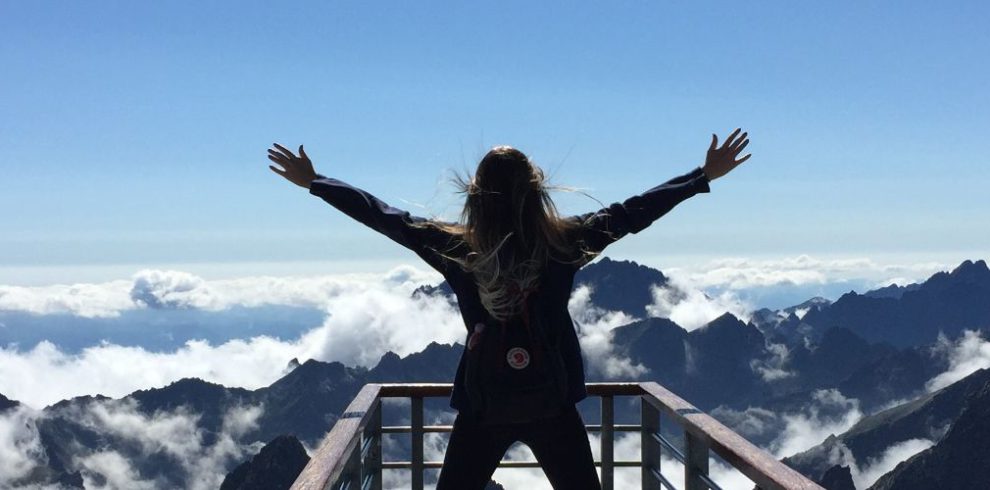Overview
The Everest Base Camp trek introduces you to the world’s highest peak, Mount Everest. This journey offers you the pure splendor of the Himalayas and the ease of well-maintained routes. A popular choice on travelers’ “bucket lists” of things to do is the journey to the base camp.
The trail will give you an adrenaline rush as it passes past mysterious Buddhist monasteries and beautiful high-altitude scenery. You can enjoy the beautiful scenery of snow-capped mountains and witness the incredible views of Lhotse, Pumori, Nuptse, Lobuche, and other peaks.
You may see the massive prayer wheels and thousands of prayer flags as you walk through the trail. Although the trek is difficult, the breathtaking views of the mountains, hills, farms, and lush forests will motivate you to continue. Apart from that, if you are physically fit, mentally strong, and motivated, you are capable of reaching the Everest base Camp.
This base camp was established by the mountaineers as a place to store supplies at the foot of the mountain. Later on, it became a popular destination for people who enjoyed trekking. Non-mountaineers picked up the location as it was the nearest destination from which you could take in the beauty of Everest.
When you see the breathtaking views of the Khumbu Glacier, you will feel an overwhelming sense of spiritual bliss. The views of Everest from Kalapatthar are the most breathtaking, and it is something that will drive and motivate you to reach your destination. Additionally, you may observe the vibrant tents that mountaineers erect to accommodate the vast terrain at the base camp.
You will depart from Kathmandu and take a direct flight to Lukla. From there, your journey starts, and you’ll soon be rising above 3500 meters above sea level. Your body must quickly adjust to the new environment and pressure levels. Thus, you must adapt and climb gradually.
Best Time To Go
For a great and safe adventure, picking the proper time to start the Everest Base Camp Trek is essential.
Spring (March to May)
Clear skies, comfortable temperatures, and a temperate climate characterize this time of year. Colorful rhododendron blooms brighten the trail and enhance the area’s charm. The views of the mountains during this time are spectacular.
Summer/Monsoon (June to August)
The hike is more challenging in the summer because of the monsoon rains that the area experiences. Trails can become hazardous due to low visibility caused by overcast skies and heavy precipitation. Lukla flights may be canceled regularly.
Fall (September to November)
There are breathtaking views of the mountains, beautiful skies, and mild weather. Hikers will find the trail to be safer and more enjoyable because it is less slippery. It is referred to be the busiest season, and the trails and tea shops sometimes get crowded.
Winter (January to February)
There are various areas where there is avalanche risk, and the terrain becomes more challenging as it goes through frozen portions. The season is defined by low temperatures and intermittent snowfall.
However, the scenery in the winter has a certain charm of its own, offering calm and peaceful surroundings. Trekkers should come prepared with the right equipment and wear warm clothes.
Highlights of Everest Base Camp Trek
- Observe the sunset over Everest from Kalapatthar.
- Witness the magnificent views from the highest peak in the world.
- Discover the customs and ways of life of the Sherpa community.
- Gorgeous views of the Himalayas while traveling to Lukla.
- Explore Sagarmatha National Park's wildness.
- Visit Tengboche Monastery and its powerful spiritual connections.
- Glimpses of peaks like Cho Oyu (8,201m), Mt. Makalu (8,463m), and Mt. Lhotse (8,516m).
- Catch a peek at the Khumbu icefall and glacier.










